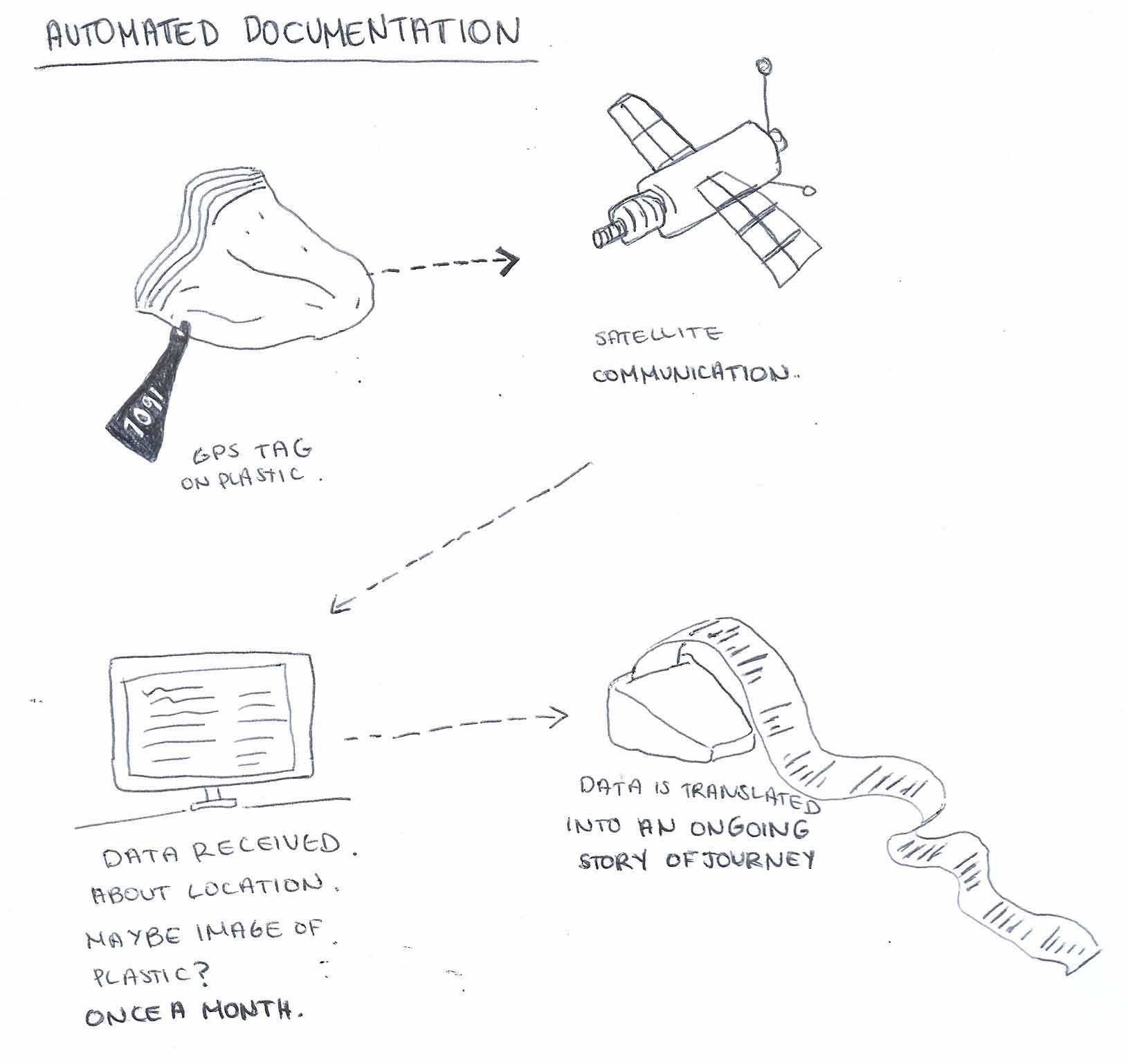Experiment
Automated documentation of plastic

Aim
This experiment proposed the creation of a never-ending, automated system that documents the deep multi-generational lifespan of plastics. It sought to unsettle and de-centre consumers with the definitiveness of forever—consequently opening up understandings that plastic is not disposable.
Precedents
This experiment responds and thinks through the questions posed in the reflections of Experiment: From here to there; of where these plastics might be in a future where I no longer exist. It also continues this idea of a generative, self-sustaining system discussed in Experiment: Growing algae.
Methods


Reflection
While the creation of a story that explored deep future time did serve to unsettle and open up an internal consideration of the multi-generational reality of plastic waste, I had to question what the purpose of documenting these plastics would be to humans today; would this story prove significant for them and prompt reflection? Or would it be overshadowed by the obviously fictional and logistically impossible design of the technology? The limits of using fiction within this research project thus became clear.
Insights
The problem with this experiment was that it was too removed from human perspectives. The longevity of plastic and the way it continues to exist outside of human lifespans cannot be visualised and accessed without first providing a human point of access; a connection that can then be followed and explored to build towards explorations of deep time futures. More experimentation about how to package and present these stories was needed.